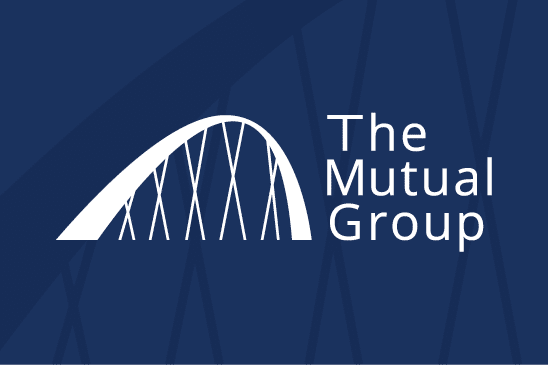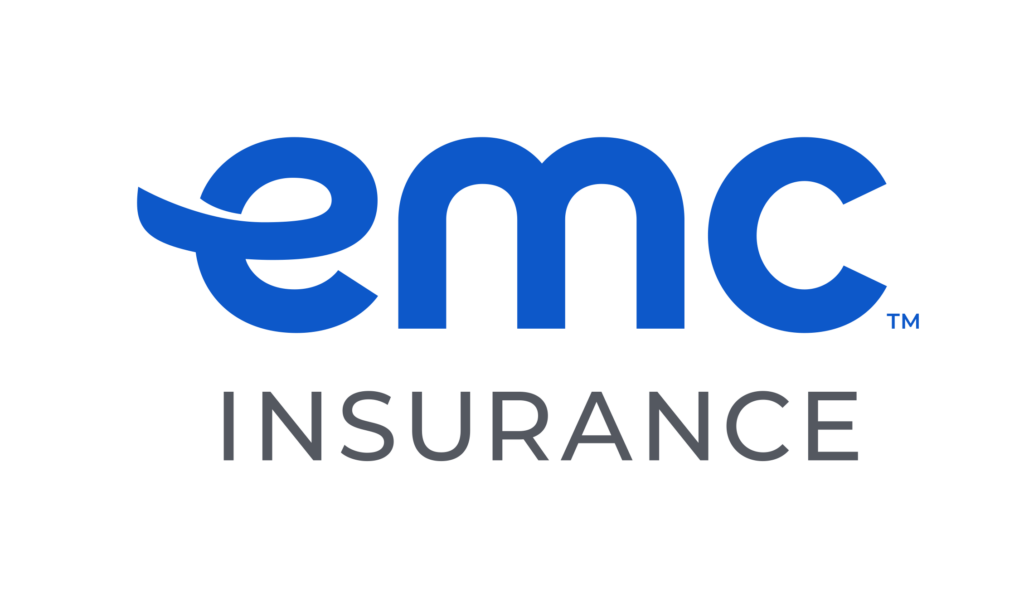The company’s great, but don’t buy the stock

Dear Mr. Berko:
I’ve been looking at buying Kimberly-Clark, because our family consumes so many of its products. When we were overseas, we saw its products in almost every country. I know about its excellent revenues and earnings, and I like the dividend, which yields 4 percent. I would like your opinion, and if you approve, I would buy 250 shares in our joint account.
E.P., Springfield, Ill.
Dear E.P.:
I used to own 200 shares of Kimberly-Clark Corp. (KMB-$65.21), which has increased its revenues, earnings and dividends every year since l972. I bought the stock in 1994 at $63. Since that time, KMB’s, revenues grew from $9.5 billion to $20.2 billion today. That’s an average annual growth rate of 5.5 percent, which is certainly a lot better than the economy.
While revenues doubled, earnings tripled from $1.67 per share to $5.10, which is an average annual growth of 7.4 percent, a compelling record by an excellent management team.
KMB’s dividend has risen every year since 1974; after I bought the stock, it increased to $2.64 per share from 85 cents. In fact, the revenues, earnings and dividends of KMB seem impervious to recession, inflation and the economic cycle.
Kimberly-Clark has been in business since 1859, employs 56,000 people in 35 countries and in the past 30 years has never laid off an employee. KMB doesn’t have a pollution problem, is a respected citizen and a good neighbor in every community in which it does business, and its reputation and product quality enjoy impressive recognition and admiration.
The company makes Kotex and Kleenex, Cottonelle, Huggies, Pull-Ups, Viva and Depends, plus myriad disposable health-care products including gowns, scrubs and gloves.
KMB’s financial strength is rated A-plus-plus by Value Line, and its price stability and earnings predictability are rated 100. The shares are on the “buy” list of almost every New York Stock Exchange brokerage, and tens of millions of its shares are owned by BlackRock, Wellington, JPMorgan Chase, Vanguard, T. Rowe Price and American Century, plus hosts of other equity funds.
But I just sold my 200 shares at $63, which is what I paid in 1994. In other words, management’s nearly nonpareil accomplishment in the last 16 record-setting years has done zip, nada and nothing to improve the stock price. So now I cannot recommend that anyone buy the stock.
When tech stocks with zero revenues can rise 1,000 percent, when the shares of companies with no earnings can quadruple in six months, when companies near bankruptcy can double their stock value in a week, and when start-ups’ initial public offerings can rise 40 percent in value in just one day, there’s something wrong here … real wrong.
How is it possible that a blue-chip company with an exemplary record of revenues, earnings and dividends can’t lift its stock price off the ground?
If you are adamant about owning KMB, the only advice I will give you is to wait until the market crashes and buy it at $44, certainly not at today’s price, where it may languish for another 16 years.
Please address your financial questions to Malcolm Berko, P.O. Box 1416, Boca Raton, Fla. 33429 or e-mail him at malber@adelphia.net. ©2010 Creators.com










